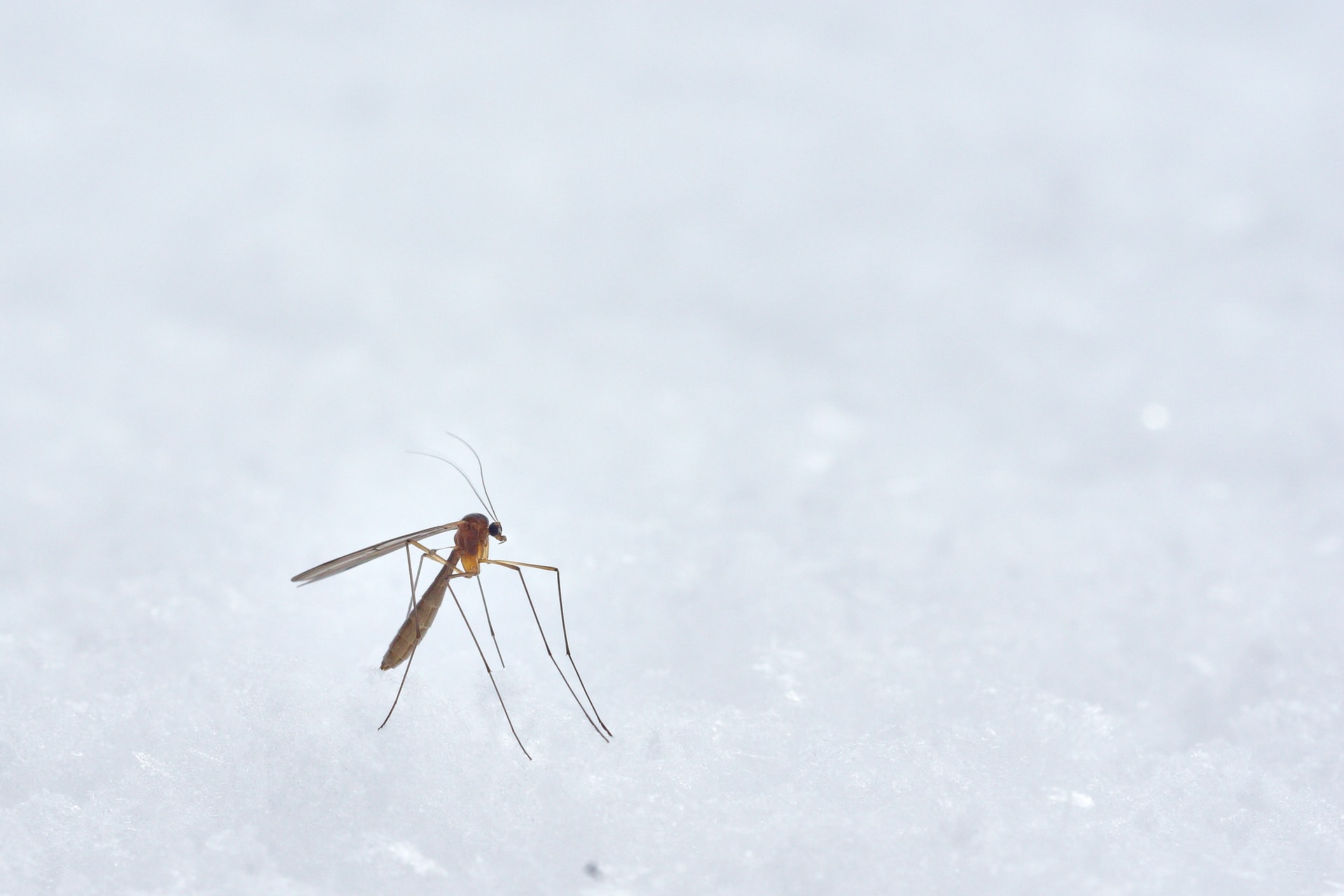Testosterone Deficiency Syndrome
In male humans, testosterone plays a key role in the development of male reproductive tissues such as testes and prostate.
It also promotes secondary sexual characteristics such as increased muscle and bone mass, and the growth of body hair. In addition, testosterone is involved in health and well-being such as concentration and energy and the prevention of osteoporosis.
Testosterone Deficiency Syndrome (TDS)
Testosterone Deficiency Syndrome (TDS) or Late Onset Hypogonadism (LOH) refers to the age-related decline in testosterone levels in adult men, resulting in various symptoms. TDS may adversely affect the function of multiple organ systems and result in significant decline in the quality of life.
What causes low testosterone?
You may be born with low testosterone, or it can develop later in life, often due to age, injury or infection.
Testosterone Deficiency Syndrome (TDS) is usually due to age. As men age, the testes decline in function and testosterone secreted by them decreases, by about 0.4-2.0% every year. This is due to a reduction in the function and size of the Leydig cells of the testes.
This decline is exacerbated in men with obesity and men with poor health status such as high blood pressure, diabetes and high cholesterol.
Reduce in testosterone production can also be due to previous testicular infection, trauma, heat, hernia or surgery.
Sign and symptoms
Low testosterone may alter certain masculine physical characteristics and impair normal reproductive function. As testosterone decreases, some men may experience symptoms similar to those of menopause in women.
Signs and symptoms may include:
- Erectile dysfunction
- Fatigue
- Decreased sex drive
- Difficulty concentrating
- Decrease in muscle mass
- Decrease in beard and body hair growth
- Development of breast tissue (gynecomastia)
- Loss of bone mass (osteoporosis)
- Hot flashes
You can use a scoring scale to determine how likely your symptoms is related to Testosterone Deficiency Syndrome. Just follow the link below:
http://menshealth.za.com/en/patients/check-yourself/ams-questionnaire-tool/index.php
If your score is:
- 50 – symptoms likely due to low testosterone
- 37-49 – symptoms possible due to low testosterone
- 27-36 – symptoms unlikely due to low testosterone
- 17-26 – no symptoms of low testosterone
How do we diagnose?
If you have symptoms of low testosterone, your doctor will likely do a blood test for total testosterone. We may also do albumin and sex-hormone binding globulin level to more accurately calculate the active testosterone level.
We also may offer to screen you for chronic diseases such as high blood pressure, diabetes, cholesterol and obesity.
What is the treatment?
- Weight loss and management of chronic disease. – If men succeed in losing weight, their testosterone levels may recover.
- Hormonal replacement – to replace testosterone:
- Pills – painless but not suitable for long term as it can cuase liver problem. Have to take with fatty meal for better absorption.
- Gels – painless but a potential side effect of the gel is the possibility of transferring the medication to another person
- Injection – Most convenient. It can be given every 3-4 weeks or every 3 months depend of the preparation.
Side effects
Testosterone therapy carries various risks, including stimulating noncancerous growth of the prostate, enlarging breasts, limiting sperm production, stimulating growth of existing prostate cancer and blood clots forming in the veins.
There is no evidence that testosterone replacement causes prostate cancer in contrary to many belief it does so. The PSA may go up slight when one starts testosterone replacement but the level would stabilize after few months. Doctors do however continue to monitor PSA as part of routine test just to be sure.
As with all medicine, there is potential side effects but mostly it is safe if given correctly. Your doctor will counsel you about the side effects and what to look out for. It is also important to attend your doctor follow up appointment. Physical examination and blood test would be done at a regular interval to monitor the testosterone level and also for any side effects.


